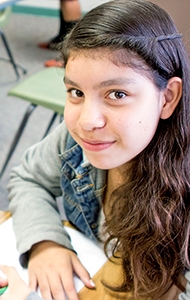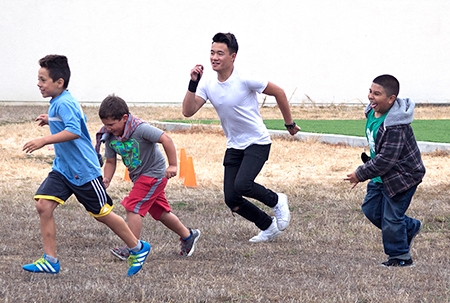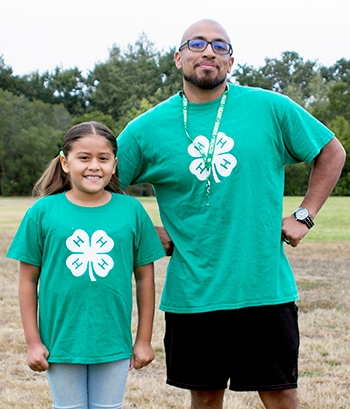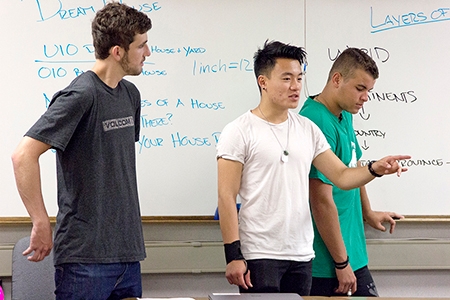Welcome to our new blog! We want to share the stories of our 4-H'ers in California. Hear first-hand from teams that attend national competitions. Find out what different counties are doing. Best of all, get to know the volunteers, staff, alumni and especially youth involved with 4-H in California!
For our first story, we wanted to share what's been happening in Sonoma County with a new club model - Afterschool Clubs. It's being tested as a new delivery model to reach families who have not traditionally been involved in 4-H, such as the Latino families in James Monroe Elementary School.
Introduction to 4-H
In Sonoma County, youth and their families are being introduced to 4-H through afterschool programs at elementary schools. Most of the families at the schools are unfamiliar with 4-H, but when they hear that it helps kids learn new skills, they become very interested.
"Our afterschool clubs meet one to two times a week during the on-site afterschool program. Anywhere from 20-40 kids are signed up to participate in each club,” says UCCE Sonoma 4-H Program Assistant Diego Mariscal.
In this club model, all youth are enrolled in 4-H and follow 4-H program and curriculum guidelines, with hands-on learning and youth-adult partnerships to advance youth in their projects.
To get started, Diego surveyed families and youth about what activities and subjects were interested in. Many families and youth were interested in sports activities - things that would get kids outside and moving around. From there, Diego started introducing them to different projects.


This past summer, afterschool club members could participate in week-long, 1/2 day camps to stay in contact with the 4-H club. At the day camp at James Monroe Elementary School, after their outdoor game time, the 4-H'ers went inside to finish their projects learning about community, part of a civic engagement lesson. They mapped out their world from the largest to smallest on the board - the world, continents, country, state, city, town, neighborhood and home.
Volunteers from the Community
Diego actively recruits volunteers from the local community college as well as current families. "I ask the families and kids if they have other relatives who might be able to volunteer," says Diego, "I let them know that the only way we can grow the program and include more kids is to have more volunteers."
Jason, a 4-H volunteer leader for the afterschool clubs since January, feels that 4-H helps him "feel like I'm making a difference in getting kids to realize that everything they do can make a difference."
Expansion for Afterschool Clubs
Families and youth in the program have had such a positive introduction to 4-H that they are spreading the word. Principals at the current four schools with 4-H Afterschool Clubs are happy to be a reference to other principals who are considering the program. Diego has plans in the works to double the number of schools to eight. Two are launching in early 2017.

For more information about Afterschool Clubs in Sonoma County, contact Steven Worker, 4-H Youth Development Advisor, at smworker@ucanr.edu.

